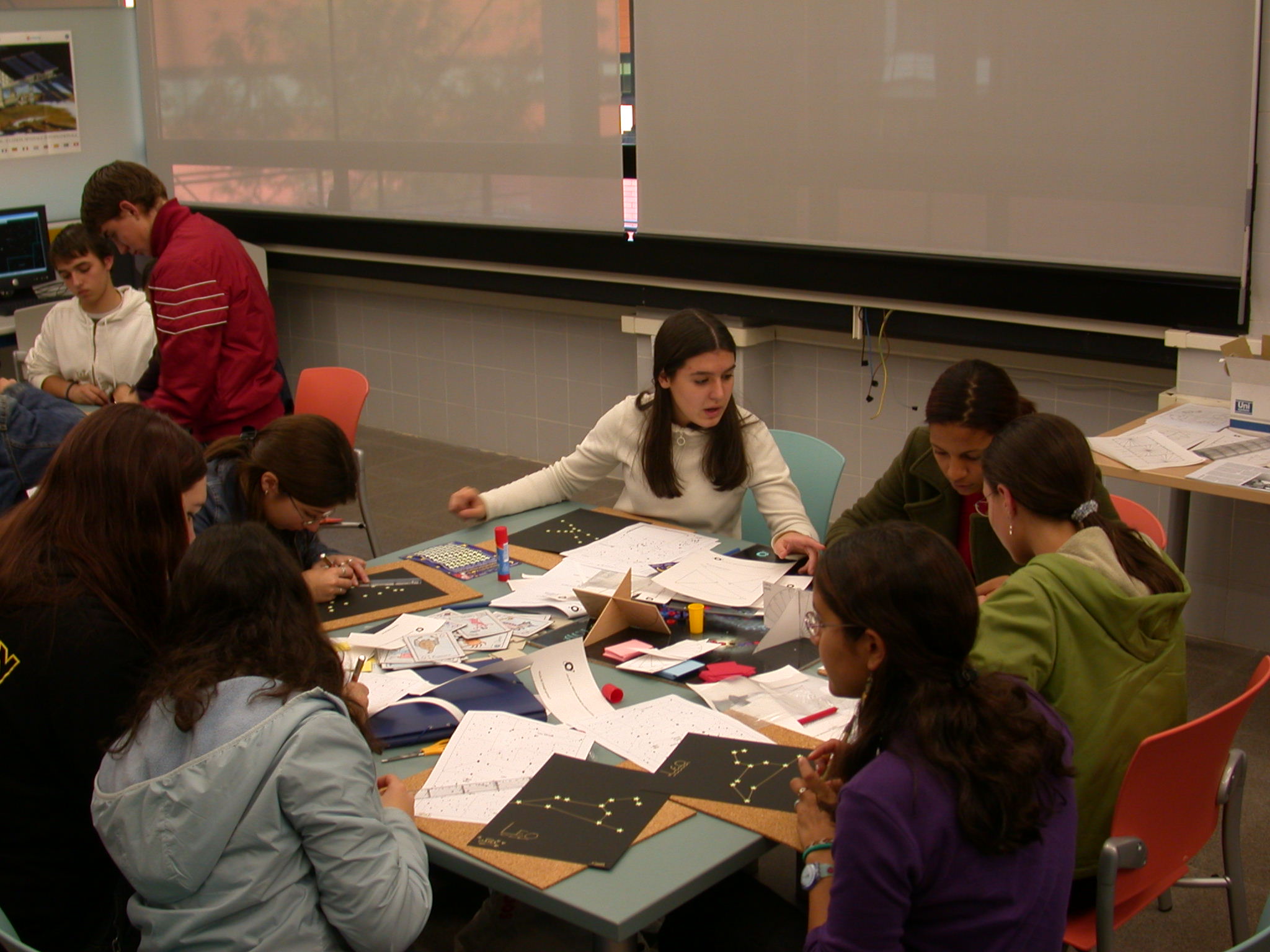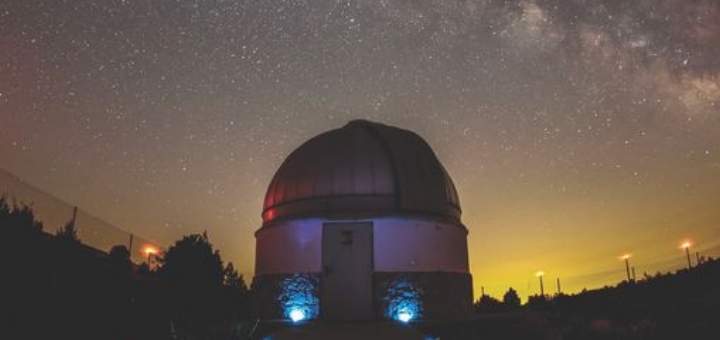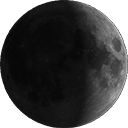The Observatori Astronòmic of the Universitat de València
The Observatori Astronòmic of the Universitat de València (OAUV) is the oldest active university observatory in Spain. It was founded in 1909 by Dr. Ignacio Tarazona Blanch and declared in the Public Interest in 1920.
The current OAUV headquarters are located at the Parc Científic of the Burjassot-Paterna campus of the Universitat de València (UV), where several research, teaching and outreach activities are performed and coordinated in the fields of Astronomy and Astrophysics.
Among its outreach tasks, the Aula del Cel must be hihglighted; an educational project created from the collaboration between the Universitat de València and the Conselleria d’Educació i Cultura of Generalitat Valenciana.
The actual astronomical instrumentation of the Observatory is located at the village of Aras de los Olmos (in a place known as Aras de los Olmos Observatory, OAO), where professional astronomical observations, as well as teaching exercises for the studenst of the Unviersity and outreach activities for the general public are performed.
Aula del Cel
It is a space at the OAUV headquarters that has been reserved for interactive outreach tasks aimed at students of all age ranges; a place to get in contact with Astronomy and to stimulate the curiosity and interest for the Cosmos.
Aras de los Olmos Observatory (OAO)
It is located on the Mola de Santa Catalina, a place with one of the darkest skies of the Valencian Region (it was declared as a Starlight Reserve). Its main instrumentation consists of the TROBAR telescope (aperture of 60 cm, currently used in spectroscopic observations), the T50 (of 51 cm aperture, dedicated to photometry) and the TURIA1 and TURIA2 wide-field telescopes, with fast response.
Since it is part of the Universitat de València, the OAO plays a fundamental role for the training of students at both, undergraduate and master levels, in the area of Astronomy and Astrophysics. The OAO also prioritizes the outreach of Astronomy to the general public, where we highlight a programme of guided visits during the summer; visits with access to the instrumentation and the possibility of enjoying a night of astronomical observations.
We would like to bid you a warm welcome.








